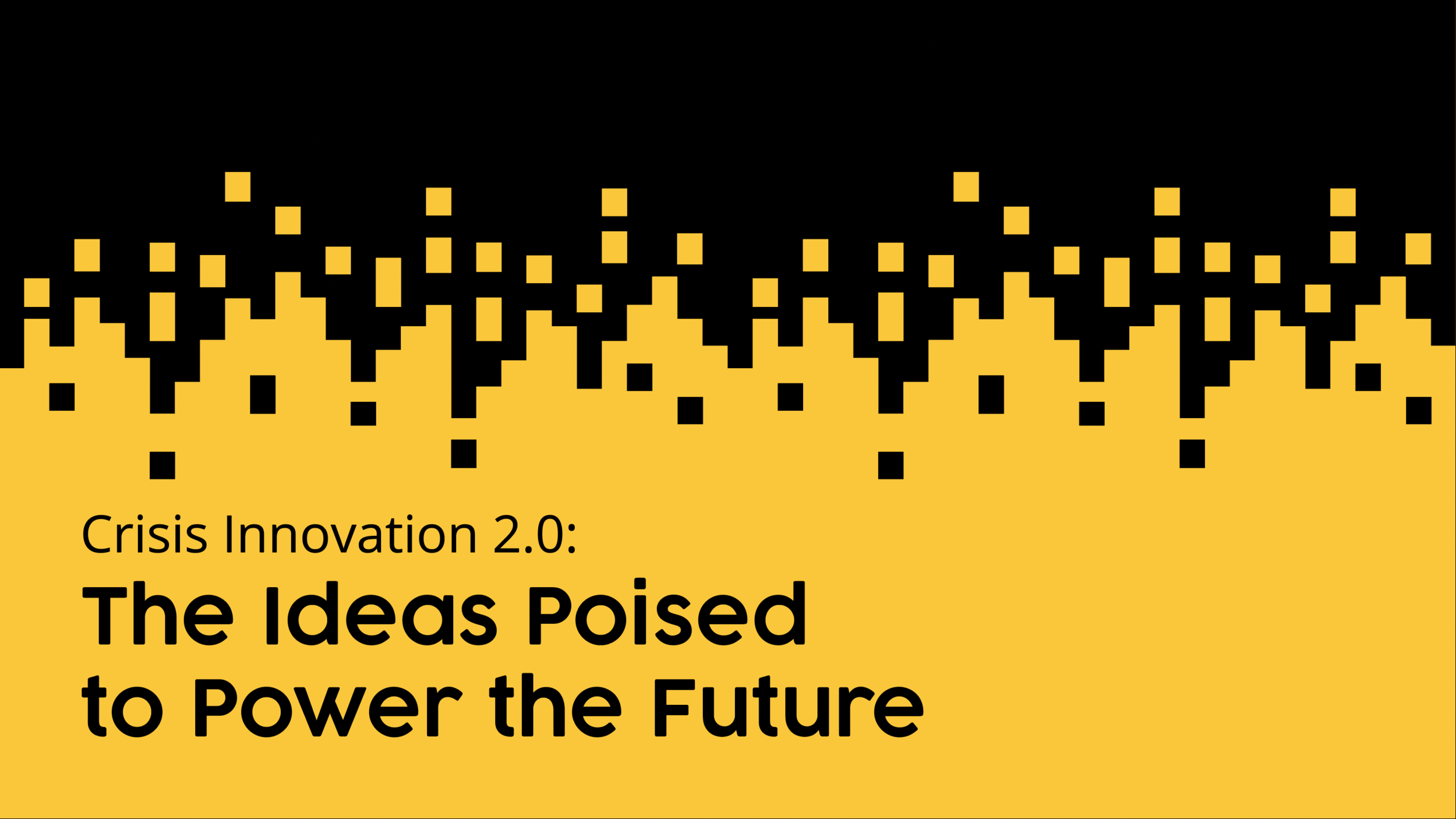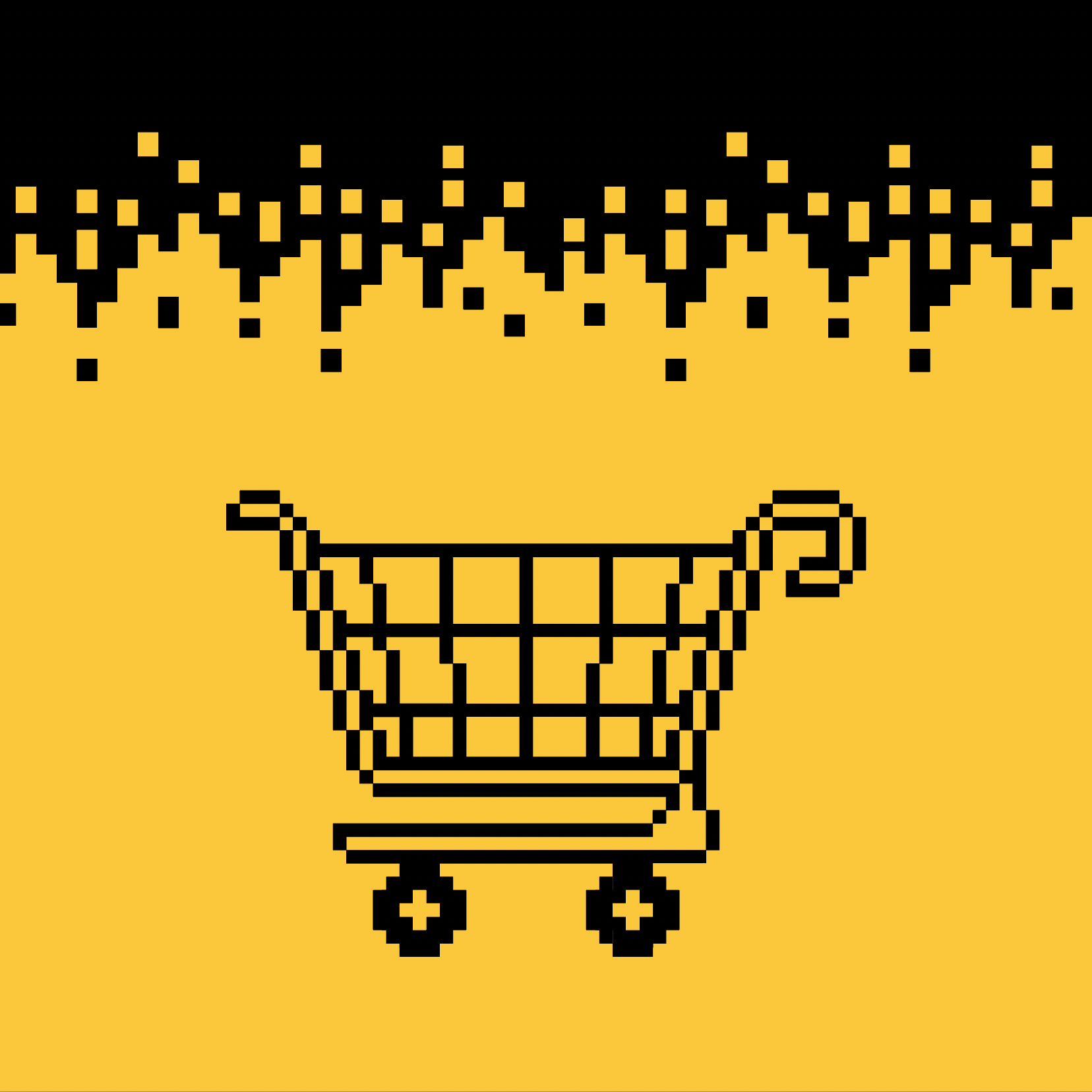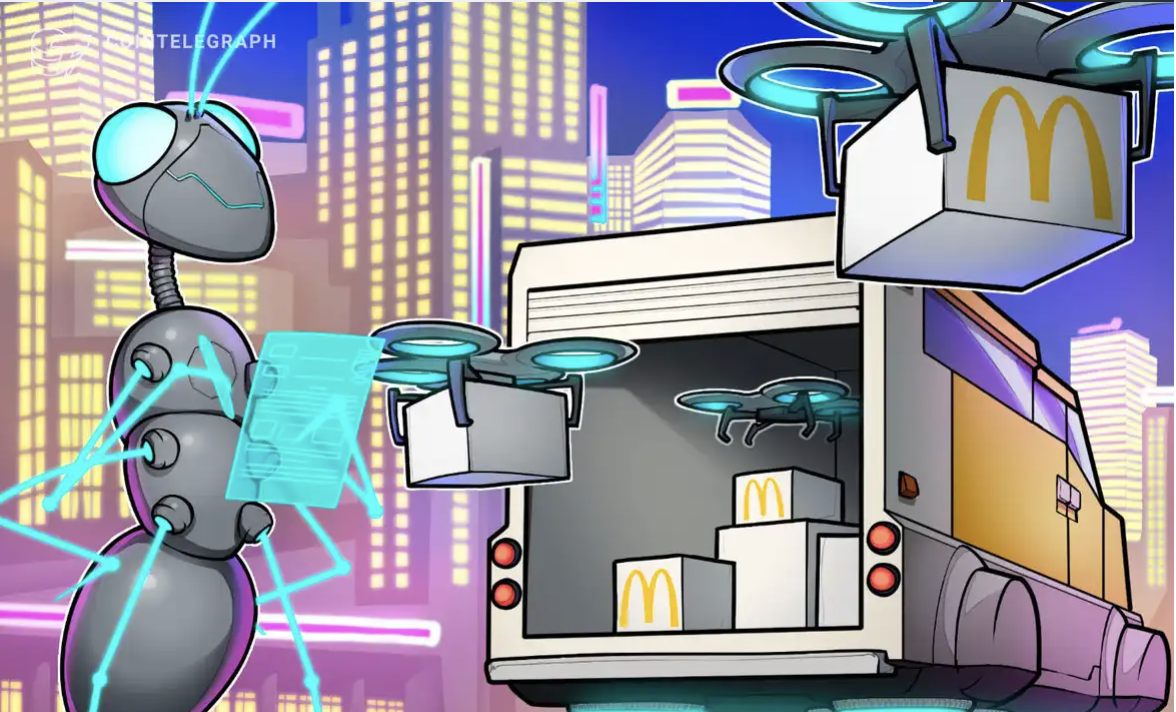Crisis Innovation 2.0: The Ideas Poised to Power the Future
In April 2020 I wrote about leadership lessons learned during the first 90 days of the global Covid-19 crisis.
One of these lessons was to think in transformative terms, not iterative. I urged readers to carve out time during the hectic early days of the pandemic to envision how life could look on the other side of the crisis. “Imagine,” I wrote, “how your company will fit into the post-crisis world and what bold moves it will take to get there.”
It is hard to believe we are now living in that post-crisis world – at least the newest iteration of the Next Normal. Over the past two years, I have been inspired to see how needs and pain points resulting from the ongoing pandemic have sparked disruptive ideas among entrepreneurs, small companies, and larger organizations alike.
You could call these Covid-ovations: Innovative approaches borne out of pandemic-driven disruptions. These answer that 2020 call to think to transform, and they are poised to power life in 2022 and beyond.
Here’s a look at 3 Covid-ovation shifts I find especially interesting, along with some examples to make the concrete real. And, I share my POV about what this means for 2022 and beyond.
I hope you will enjoy reading and connect back to share the inspiring new ideas popping up on your horizon. Happy reading and happy Spring.
SHIFT #1 >>
A NEW DEFINITION OF WHAT IS REAL
THE COVID SPARK:
The pandemic pushed people around the world to explore new ways of being “together” in virtual spaces. Our decreasing reliance on physical interactions and spaces – and corresponding comfort with virtual ones – created a watershed moment that permanently blurred the boundary between the two.
I recently heard a tech reporter describe watching her son “attend” his first concert in Roblox during the pandemic. He was absolutely “present” in his avatar form, she recalled, and he lived it as an authentic experience. This reactivated my own pandemic memories of exploring Animal Crossing and other “real” virtual worlds with my own daughter, and it crystallized the fact that the lines have indelibly crossed.
THE 2022 DO-DIFFERENT:
This is the year to end the binary thinking between IRL and URL. We can no longer consider physical places and experiences as “real” and virtual interactions as part of a separate domain.
IN THE YEAR AHEAD:
The most transformative organizations will eschew the idea that they have a physical footprint and a digital presence. They will move beyond just hitting “copy and paste” in their efforts translate physical presence to a digital experience.
Instead, leaders should push their teams to lean into the possibilities in the hybrid middle, drawing on tech innovation to help create entirely new types of formats and experiences.
A FEW EXAMPLES of COMPANIES DIVING INTO THE EMERGING MIDDLE:
Fantasy Islands
An exclusive, 100-person community in The Sandbox Metaverse. Fantasy Island buyers receive a digital receipt of their property (an NFT) that is recorded on a blockchain, with parcel prices starting around $100,000.
Owners can visit their property on the island, decorate their home, display NFT artwork, and host friends. They also gain access to a members-only chat on Discord.
With Metaverse real estate sales topping $500M last year, it is safe to say more than a few are exploring how “real” property manifests in the non-physical world.
Samsung Store 837X
A re-interpretation of the brand’s NYC flagship store located within Decentraland. Visitors can unlock NFT badges and wearables by competing in quests, see product reveals, and enjoy live performances by well-known musicians and DJs.
An early example of how to reinvent retail experiences for a hybrid world vs. just copy and paste the physical store.
Alo Wellness Sanctuary
Situated on an island in Roblox, this immersive wellness space invites users to explore, experience and learn about mindfulness.
Visitors are given digital yoga mats and invited to engage in guided meditation retreats and daily on-demand content from well-known yogis. And, of course they have the opportunity to purchase pieces from a five-piece digital fashion collection.
SHIFT #2 >>
NEW CONCEPTS OF WHAT CONSTITUTES A COMPANY
THE COVID SPARK:
Pandemic disruptions highlighted the benefit of autonomy from large networks (including large organizations) and intensified interest in all kinds of decentralization. This propelled the burgeoning Web3 movement into overdrive.
In simplest terms, Web3 represents a decentralized vision of the internet in which blockchain technology and crypto systems allow individuals to earn money, control their content, and make governance decisions without middleman (read: large platforms like Google or Facebook), to facilitate interactions.
Web 2.0 brought us the sharing economy, apps, and social media networks but also concentration of data and dollars among a few platform companies. Some hope the imagined “open web” represented by Web3 thinking could re-shift the balance.
The Web3 movement is sparking experimental organizations with decentralized leadership and shared governance and profits. These so-called “Headless Brands” (or Decentralized Autonomous Organizations/ DAOs) are popping up across verticals and industries. I was surprised to learn while researching this piece that DAOs held over $16B AUM in December of last year – a 40 fold increase from the previous year.
More important than size and scale at this point is the idea; DAOs disrupt the conventional model of a physically-anchored company led by a single person or leadership group. They provide a new way to thank about the purpose of a company and how it should run.
THE 2022 DO-DIFFERENT:
While I don’t imagine the balance between DAOs and classic companies will tip anytime soon, I do believe these convention-busting ideas about decentralized leadership, creative control, and autonomy are poised to influence all kinds of companies and consumers in the year/s ahead. This will be especially true as new generations of tech-native workers come aboard.
IN THE YEAR AHEAD:
Smart leaders will stay abreast of shifting cultural ideas about what constitutes a “company” and consider how the new thinking could inform their current organizations as well as spark new partnerships and ventures.
A FEW EXAMPLES (AND MANY MORE WHERE THESE CAME FROM):
DECENTRALAND
The open-source 3D, virtual space was founded with the goal of “democratizing” the Metaverse. Decentraland was founded with a $24M initial coin offering, with all proceeds going back into creating the experience.
The co-founders famously forwent the traditional CEO role and instead serve as advisors to a community of stakeholders. When users purchase empty land parcels via MANA cryptocurrency, monies go into a community account to be redistributed, and all users who own MANA can vote on policy changes and land auctions.
Very recently legacy bank JP Morgan set up shop in Decentraland, betting that, decentralized or not, the Web3 space will need conventional services like credit, mortgages, and rental agreements.
METAFACTORY
A retail marketplace for small-business entrepreneurs and creators who want to sell goods but retain ownership and control of their profits. The company sells “digiphysical” goods that connect multiple worlds via NFTs, embedded microchips and other formats.
Following the DAO model, it utilizes a decentralized leadership board. Creators exchange $Robot tokens as they produce or purchase goods and accrued $Robot rewards grant access and influence over the future of the MetaFactory.
VITA DAO
A slightly different take, Vita is a “Longevity DAO,” with the goal of democratizing the science of living longer. It collectively funds longevity research and works to turn promising discoveries into biotech companies.
Members can join by earning VITA tokens – either through purchase or by contributing work or intellectual property.
SHIFT #3 >>
NEW IDEAS ABOUT WHAT COMPANIES SELL
THE COVID SPARK:
We’ve already established that pandemic disruptions sparked new definitions of “real” and new ideas about how “real companies” operate. It is no surprise that assumptions about what things companies can sell were disrupted as well.
THE 2022 DO DIFFERENT:
Virtual goods and services are moving from a fringe experiment to a valued reality for a growing number of consumers. Importantly, this includes consumers outside of the early-adopter gamer audience. Shoppers currently spend over $80B in virtual goods, a number expected to climb to $100B in the next few years.
In response, a growing number of companies (and individual creators via DAOs) are selling NFTs, avatars, wearables and digital experiences right alongside their tangible offerings.
IN THE YEAR AHEAD:
Savvy leaders must think about what kinds of hybrid goods make sense for your organization. Again, the key will be to break down the binary between “physical” and virtual” and remember that consumers increasingly think of all of these things as “real.”
RECENT ENTRANTS AND ACQUISITIONS ILLUMINATE THE POTENTIAL:
RTFKT ACQUISITION
In December, Nike added this rising-star digital design studio to their stable of brands. RTFKT (pronounced ‘artifakt’) is best known for designing NFT versions of sneakers and other clothing that can be worn across online environments.
While their products don’t cross over into tangible goods, they can be collected, traded and sold just like conventional sneakers.
THE GFT SHOP
A Metaverse-based commerce platform and retail store where shoppers can purchase the cheekily named “GFTs,” which are NFTs for gifting to others.
The purchased gifts use the Ethereum blockchain to transfer ownership and arrive in a recipient’s crypto wallet and a digital gift box.
First to launch will be a collection from Atari featuring 10 iconic product designs to celebrate the brand’s 50th anniversary. An interesting interpretation of what it means to “gift” in the 2022 world.
MCDONALDS VIRTUAL
McDonald’s recently announced plans to open virtual restaurants in the Metaverse. Interestingly, many see the opportunity here to be physical world delivery, NOT digital products.
In the not-so-distant future, consumers will have the ability to walk into a Metaverse McCafe and place an order for food that would show up at their physical world door, without ever taking off their headphones or leaving the space.
This one shows how the food category may test the limits of the IRL/URL blurring. However, it points to interesting opportunities in the virtual-to-delivery space.
SEE ALSO
Cameo launching an Etherum NFT Pass that works like a ticket to unlock exclusive celebrity experiences,
Explosion of virtual fashion, and art via Sotheby’s launch of the first NFT exclusive marketplace,
And entrepreneurial ventures like Art Blocks, plus more food explorations like this one from Chipotle.
COVIDOVATIONS 2.0 – LET’S GO
There is a long history of crises sparking new ideas. One case in point, I enjoyed this fascinating historical refresher about how the Black Plague launched the cultural renewal of the Renaissance.
I find it exciting to be part of this wave of change and growth. The examples I shared will no doubt one day be looked upon as early experiments, and of course some have expressed skepticism and valid questions about many of these projects.
However I believe each shows how companies are challenging the “physical” vs. “virtual” construct to reflect our changing ideas about what defines a “real” experience, a “real” company, and a “real” consumer good or service.
In many companies, the next best innovation may not yet be crystal clear. However, consumers are expecting trusted brands to push boundaries, and they are still showing patience with early movers when they do.
The second-mover advantage will go to those who test to learn today, so now is the time to get going.
In the months ahead, let us to let go of thinking of touch points as "real" or "digital" and boldly create in the uncharted middle.
Best wishes for a happy and innovation-filled spring ahead.














